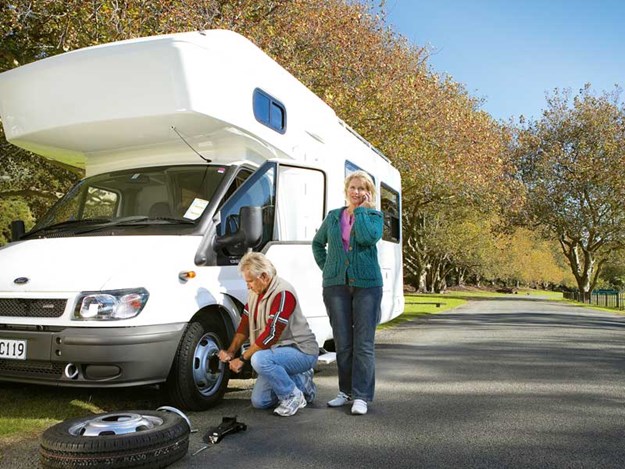Tyres big and small, heavy duty or lightweight, slick or snow, have a relatively small contact point on the road surface.
 The entire weight of your RV is carried on that road contact footprint, the effectiveness of which is vital to the safety of your journey.
The entire weight of your RV is carried on that road contact footprint, the effectiveness of which is vital to the safety of your journey.
 The entire weight of your RV is carried on that road contact footprint, the effectiveness of which is vital to the safety of your journey.
The entire weight of your RV is carried on that road contact footprint, the effectiveness of which is vital to the safety of your journey.





